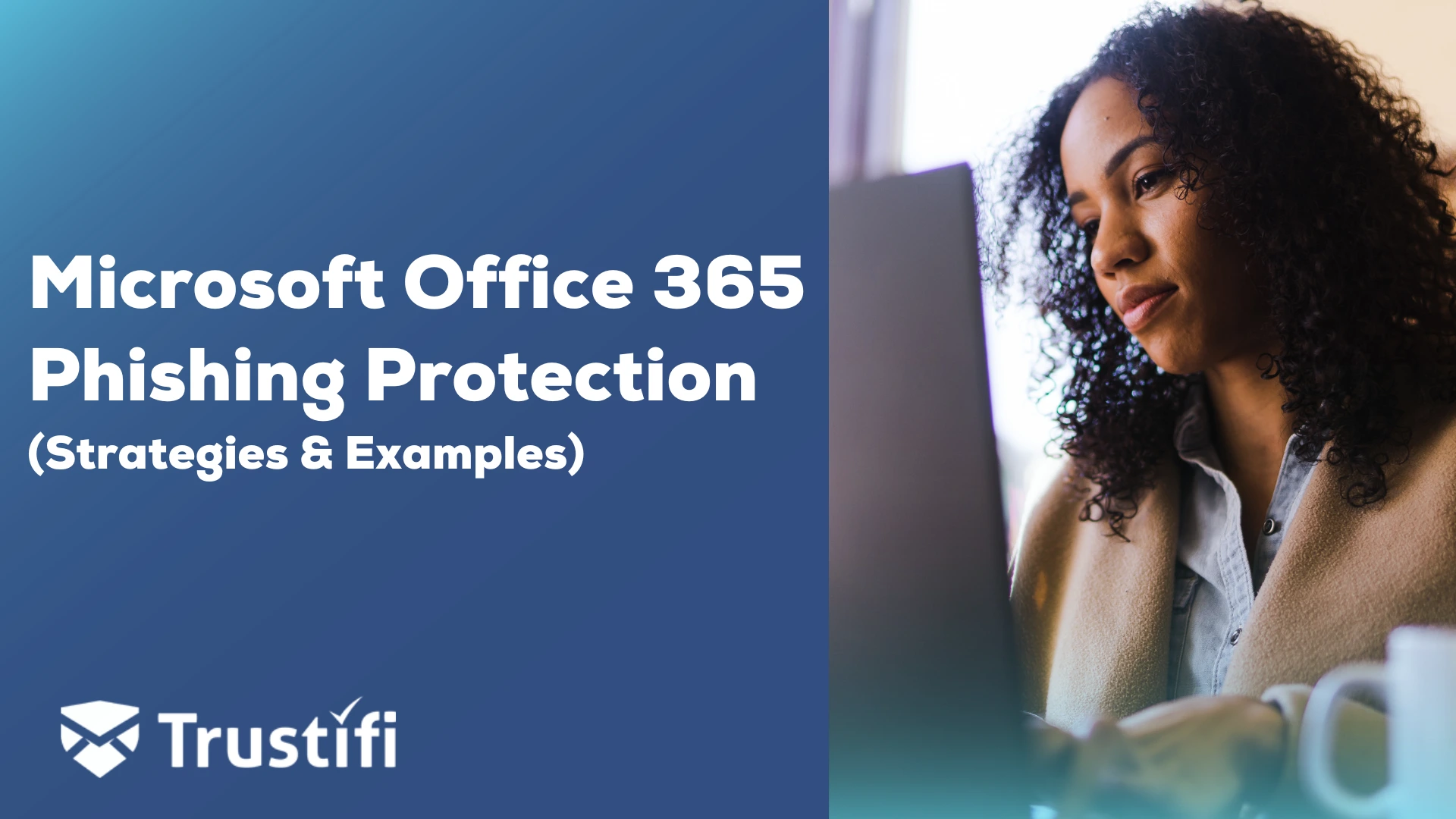Hacks and malware are related and often involve malicious software delivered by email phishing attacks and message attachments. Even novice cyber-crooks can easily access malicious source codes to launch ransomware infection attacks. Using malware programs helps hackers better avoid the client’s security controls. These programs help execute the most sophisticated cyber crimes ranging from fraud and ransomware attacks to extortion against mobile devices, PCs, Macs, and Android devices.
Malware and its variances remain a problem for legacy security solutions to stop. By enabling the maturity of AI-embedded capabilities within Trustifi’s inbound shield, organizations can now access a robust security adaptive control proven to contain malware passing through the email channel.
This article explains the importance of organizations upgrading their legacy email security solutions to migrate to the next-generation AI-powered email protections found with Trustifi’s cloud-based service platform.
Where Did Malware Come From?
Malware threats were first discovered in the 1980s, and their spread became more common during the 1990s as the Windows computer industry grew. The Elk Cloner viruses were the first known contemporary malware attack, distributed through floppy disks for Apple II. The term “malware” was coined in 1990, and by 1995, viruses and malware targeting Windows 95 became more prevalent.
What are the Early Indications of a Malware Attack?
Malware can originate from anywhere and share common warning signs. Different malware will consume more memory along with:
- Increasing CPU temperature.
- Hackers will use keystroke logging and capture users’ actions without their knowledge while slowly sapping the system’s performance.
- Malware gradually destroys the system’s essential files, making the device unusable.
Malware can affect any device, including those considered safer than desktop computers. Removing malware can improve computer speed and prevent frequent crashes and freezes. To protect yourself, ensure all your devices have antivirus, and anti-malware security software enabled.
Are Malware and a Virus Similar?
People often use the terms interchangeably, but technically they are different. Viruses are a type of malware that spreads to networks and computers. Malware is an attack that damages stored data to infiltrate critical networks. Ransomware is malware that makes itself known immediately. Malware can often hide quietly in the background without detection.
Is my iPhone, MAC, or iPad Susceptible to Malware?
The iPhone is most frequently attacked by malware only in exceptional circumstances. While malware attacks may be rare, using a mobile phone won’t prevent you from getting malicious text messages with malware or ransomware.
Despite the common belief that iOS devices are immune to malware, they can still fall victim to attacks such as Pegasus Spyware.
Several recent Mac malware cases prove malware evades even with advanced security tools.
Exposing the Email Channel for Malware Distribution
Hackers, phishers, and cyber criminals all leverage the vulnerability and exploitability of the email channel to distribute malicious programs disguised as legitimate software. Adware attacks, fileless malware, and loading unwanted software are too familiar realities in a malware attack.
A hacker email often contains an attachment linking to a malicious webpage. When a person receiving the message opens email attachments or clicks on a malicious link, malware becomes installed on their computers, resulting in ransomware or other attack vectors.
The absence of viewing a file from a suspicious recipient is crucial for secure email messages to stay safe. Malware spreads through hijacking messaging applications that send e-mails and infected attachments. Hackers could inject malware into ad banners and seed them into the popular web–an act called malvertising.
What is the Ideal Email Security Solution to Address Malware?
Organizations seeking a fully integrated email security platform prefer a “not one size fits all” approach to stop malware and other threats. CISOs, CIOs, and CROs look for security platforms to scale up and out to meet their security and compliance needs.
Security architects and SecOps teams often ask their leadership, “why are we enabling more security tools that don’t integration, cost more, and have no value outside of a brand name?”
Hearing this question from their clients and prospects, Trustifi responds by delivering a client-driven feature enablement model. The email security platform should simplify the process for the clients to turn on what protection layers to meet their needs.
Deploying a “one-size fits all platform” often required additional resources to turn on features required by the vendor for the solution to work.
Trustifi, a global leader in cloud-based email security, understands the resource and budget challenges for many SMBs and mid-enterprise organizations facing malware and ransomware. These protection layers include:
- Inbound Shield Protection with AI and ML Maturity Engines.
- Outbound Shield Protection with email encryption, data tokenization, and data loss prevention (DLP)
- Multi-factor authentication for further message projects and integration with Zero Trust Architectures
- Account Compromise Detection – Stop Attacks on Email Accounts, Neutralize Compromised Accounts, and Get Reporting, Automatically
- Managed Email Detection and Response Service – Access to Trustifi email security experts to assist with policy enablement and incident response.
Why Trustifi?
Trustifi is a cyber security firm featuring solutions delivered on software as a service platform. Trustifi leads the market with the easiest-to-use and deploys email security products, providing both inbound and outbound email security from a single vendor.
As a global cybersecurity provider of both inbound and outbound email protection, Trustifi currently supports customers from countries including the USA, Canada, Brazil, the Dominican Republic, the UK, the Netherlands, India, the UAE, China, and Japan, Cyprus, the Philippines, and more. The company has also developed “One-Click Compliance” capabilities that cater to world security regulations, including PDPO for Hong Kong, POPI for South Africa, GDPR for Europe, and LGPD for Brazil.



